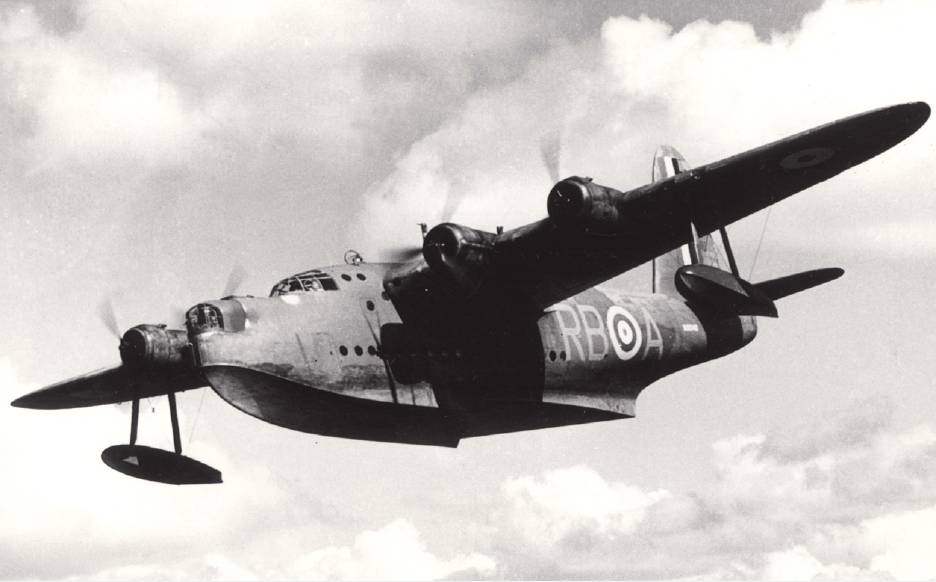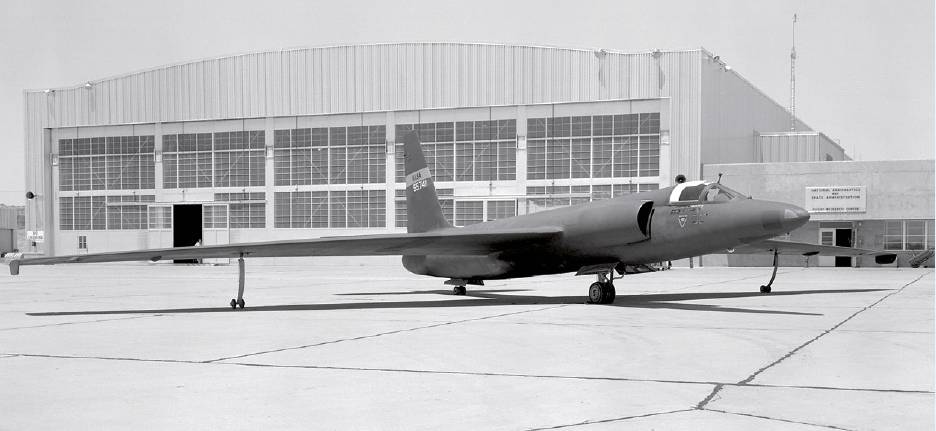Book Reviews
Book Reviews
By Ben Kite
Helion & Company Limited, Unit 8 Amherst Business Centre, Budbrooke Road, Warwick CV34 5WE, UK. 2019. Distributed by Casemate, 10 Hythe Bridge Street, Oxford OX1 2EW, UK. 492pp. Illustrated. £29.95. ISBN 978-1-912866-23-6.
 Short Sunderland of 10 Squadron RAAF operating with Coastal Command in 1941. RAeS (NAL).
Short Sunderland of 10 Squadron RAAF operating with Coastal Command in 1941. RAeS (NAL).
Sometimes, it takes a long view from someone without ‘skin in the game’ to provide a different insight into a hallowed subject. In this book, Through Adversity – part of the Royal Air Force’s motto – we have a senior British Army officer applying his logical brain to a complex historical episode, and well he does it too.
Through Adversity is Volume 1 of two books which bring Ben Kite’s research and analysis to life. The author takes his research from the founding of the Royal Air Force and its use of reserves with a unique portrayal of the system which allowed a pool of, predominantly, fighter pilots to be ready for the outbreak of war in 1939.
A striking quote right at the beginning of the introduction sets the tone for the narrative. It comes from Marshal of the Royal Air Force Sir John Slessor, well-regarded today as a thinking officer, who says: “Before 1939 we really knew nothing about air warfare.” So, this book can be regarded as a journey for the RAF from limited abilities to probably the best equipped and manned air force in the world in 1945. Slessor had learned through adversity. He had learned from disasters over France and the early bombing campaigns against Germany, and how to integrate a citizen force with county Auxiliary squadrons, short service volunteers and regulars – many of those from the ‘old’ Commonwealth of Australia, Canada, New Zealand and South Africa.
Ben Kite takes the reader through the RAF of the time. Through the efficient training system – the saviour of Fighter Command in the Battle of Britain which is also covered with a new light shone on it. The battle is well covered without any sentimentality and includes some excellent verbatim from pilots. Ben Kite also brings the air defence of Great Britain neatly together in his approach to the story of night fighters and countering the V1 flying bombs. His narrative helps to understand the connection between anti-aircraft artillery – ‘Ack-Ack’ – and balloons and reminds the reader that the RAF Regiment played its part.
That other defence of a fortress island, the Battle for Malta, is well described for its defensive and offensive geographical position, where again good use is made of contemporary reports on such operations as the Battle of Taranto. The same technique is well used throughout the book and nowhere so well as the chapters on the Far East. Often neglected by historians, the losses caused by the lightning advance of the Japanese are highlighted as a reflection of London’s almost racist attitude to the Imperial capabilities which resulted in some almost ludicrous analysis of the Japanese fighting capability. With no radar and obsolete fighters, there was very little hope for the defenders of Singapore. Ben Kite neatly segues into the next phase in the Far East, looking at and giving due prominence to the Australians and the Fleet Air Arm. This book is, after all, about air power and about the role of the Commonwealth.
Bomber Command gets good and insightful coverage. The debate over area bombing versus precision effects at range, like the Augsburg raid of 1942 and the Dam Busters in 1943 finds the author not taking sides but giving excellent analysis of the route out and the strike, including an unusually full account of a typical bomber mission. He concludes the sequence with a description of the return leg for the bomber’s crew once weapons have been released and gives unusual detail of the approach and landing. The developing precision attack capabilities rate their own chapter illustrated with more excellent quality Air Historical Branch photographs – where have they been hidden all these years, we might ask?
Often relegated topics in air power history, Coastal Command, where the risks and likelihood of death were often as high as the much-fêted Bomber Command statistics, are put into perspective. Coastal Command and the Fleet Air Arm were woefully unprepared for WW2, both victims of the internecine warfare between the services in the 1930s. There was also, the author reminds us, the overwhelming belief in the new surface ship technologies which would mean that the Royal Navy would have the upper hand against the main threat, the German submarine. As the author says: “by 1944, the Fleet Air Arm was almost unrecognisable from its 1939 forebears…”

